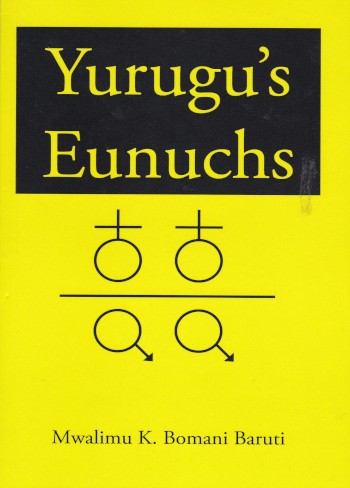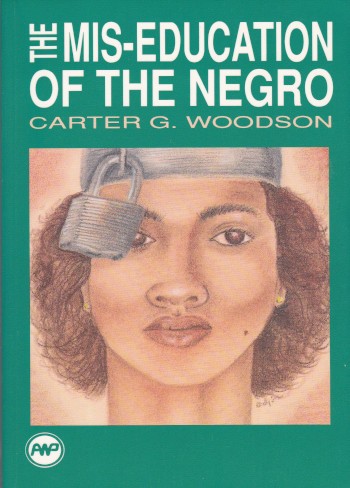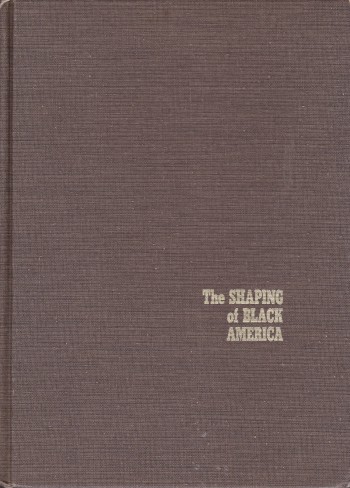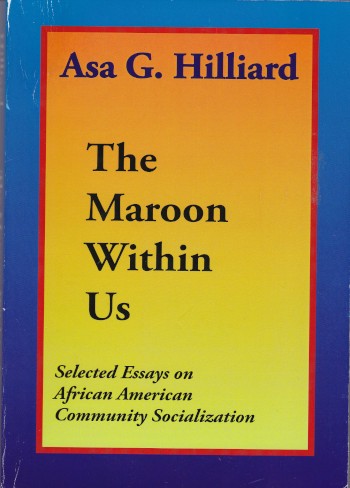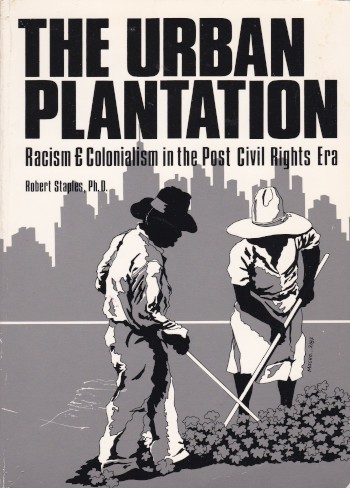
The Deacons’ strength was that they were the only southern wide organization created and controlled by the black working class during the civil rights movement. It is no coincidence that it was crystallized around a challenge to the doctrine of nonviolence, which, as a matter of principle, deprived African Americans of an indispensable means of countering white terror. The Deacons reflected the reality that there were competing forces in the black movement based on class and geography, with conflicting views of how black liberation should be achieved. The Deacons’ strategy gave the movement a new ability to determine the terms of the conflict in the South.
Previously, the nonviolent organization had conceded to the federal government alone the exclusive right to use force and, by doing so, surrendered strategic control of the black movement to the government. The federal government alone–not the movement–had the right to decide when to use force against racist terror. The Deacons ended this practice by using the threat of force to appropriate the right to choose their own battles. This gave the black movement the flexibility and power to redefine its strategy toward the Klan, manifest in Bogalusa where the Deacons’ decision to confront Klansmen, compelled the federal government to intervene–according to the Deacons’ terms and timing.
The Deacons did not see their self-defense activities as mutually exclusive of nonviolent tactics and voter registration. Viewing themselves as part of the broader civil rights movement, they did not oppose nonviolent direct action–indeed, they supported it, employed it as a tactic, and expended most of their energy defending its practitioners. What the Deacons opposed was the dogmatic idea that nonviolent direct action precluded self-defense. (pg. 268)
In 1964 a small group of African-American men in Jonesboro, Louisiana, defied the nonviolence policy of the mainstream civil rights movement and formed an armed self-defense organization–the Deacons for Defense and Justice–to protect movement workers from vigilante and police violence. With their largest and most famous chapter at the center of a bloody campaign in the Ku Klux Klan stronghold of Bogalusa, Louisiana, the Deacons became a popular symbol of the growing frustration with Martin Luther King Jr.’s nonviolent strategy and a rallying point for a militant working-class movement in the South.
Lance Hill offers the first detailed history of the Deacons for Defense and Justice, who grew to several hundred members and twenty-one chapters in the Deep South and led some of the most successful local campaigns in the civil rights movement. In his analysis of this important yet long-overlooked organization, Hill challenges what he calls “the myth of nonviolence”–the idea that a united civil rights movement achieved its goals through nonviolent direct action led by middle-class and religious leaders. In contrast, Hill constructs a compelling historical narrative of a working-class armed self-defense movement that defied the entrenched nonviolent leadership and played a crucial role in compelling the federal government to neutralize the Klan and uphold civil rights and liberties.



